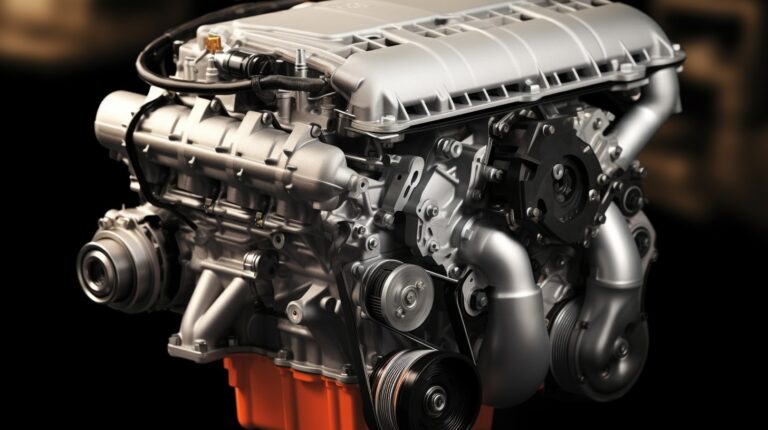Car enthusiasts!
I’m excited to share my insights on the Toyota 3.5 V6 engine, a powerhouse that has been a staple in many Toyota vehicles over the years. Part of the GR family, has been around since 2005 and has been lauded for its performance and reliability.
However, like all machines, it’s not without its quirks. Today, we’ll be discussing some of the common problems associated with this engine and how to effectively address them. But first, let’s get a bit familiar with what makes it tick. 🚗💨
The Toyota 3.5 V6 Engine (2GR-FE)
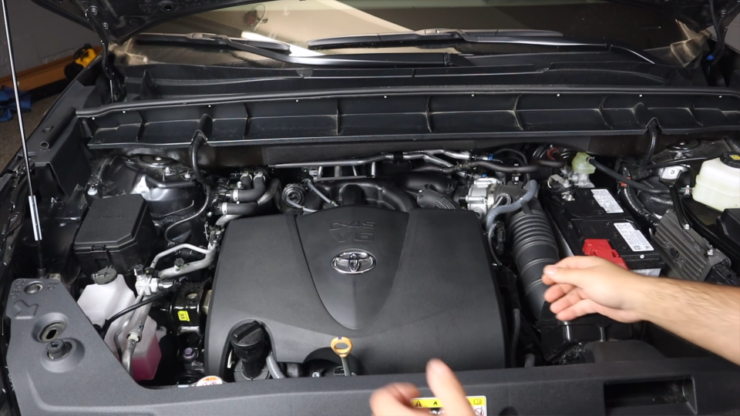
A 3.5 L (3,456 cc) version of Toyota’s GR engine family and has been used in various applications:
- 2005–2012 Toyota Avalon
- 2006–2012 Toyota Aurion
- 2005–2012 Toyota RAV4/Vanguard
- 2006–2011 Toyota Camry
- 2006–2012 Lexus ES 350
- 2007–2009 Lexus RX 350/Toyota Harrier … and many more.
If you’ve ever driven or owned one of these vehicles, chances are, you’ve experienced the smooth and reliable performance of the 2GR-FE.
Design and Engineering Philosophy
The 2GR-FE is not just any engine; it’s the result of Toyota’s commitment to innovation and performance. At its core, designed to provide a balance between power and efficiency. With a bore of 94 mm and a stroke of 83 mm, it’s finely tuned to deliver impressive horsepower without compromising on fuel efficiency.
One of the standout features of this engine is Toyota’s Dual VVT-i technology. VVT-i stands for Variable Valve Timing with intelligence, and as the name suggests, it allows for variable valve timing on both the intake and exhaust cams. This not only improves performance but also enhances fuel efficiency and reduces emissions.
The design also incorporates roller-follower rocker arms with low friction roller bearings. This unique design increases valve lift, optimizing airflow and combustion efficiency. The segmented cylinder head, divided into the valve cover, camshaft sub-assembly housing, and cylinder head sub-assembly, is another testament to Toyota’s meticulous engineering approach.
Key Features
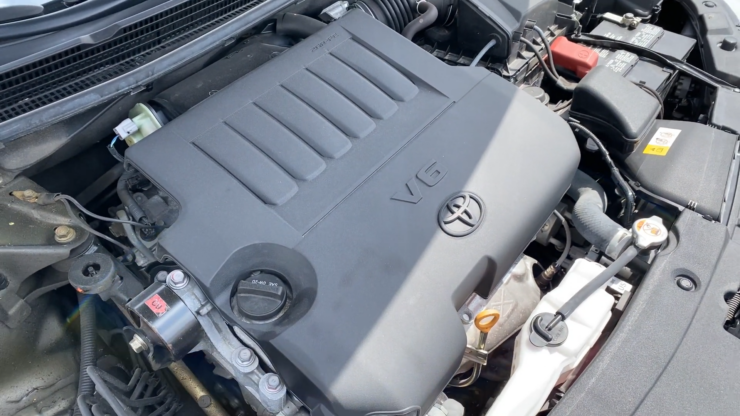
The devil is in the details. And the Toyota 3.5 V6 is packed with features that make it stand out from the crowd. From its balance and fuel-saving capabilities to its smooth operation and high torque peaks, this engine is a marvel of modern engineering. Let’s break down some of these features to understand what makes it tick.
Balance
The Toyota 3.5 V6 engine is a marvel when it comes to achieving a perfect balance between power and efficiency. Its design delivers consistent power across various RPMs, ensuring a smooth driving experience. This balance is not just about power; it’s also about how the engine manages its resources, ensuring that every drop of fuel is used efficiently.
Fuel Saving
Fuel efficiency is a hallmark of the Toyota 3.5 V6. Thanks to the Dual VVT-i technology, it can adjust its valve timings on the fly, optimizing fuel combustion. This not only ensures better mileage but also reduces harmful emissions. So, while you enjoy a spirited drive, you can also take solace in the fact that you’re being kinder to the environment.
Fun Fact: Did you know that efficient combustion also leads to reduced engine wear? It’s a win-win!
Smoothness
One of the first things drivers notice about the Toyota 3.5 V6 is its smooth operation. Whether you’re idling at a traffic light or cruising on the highway, the engine runs with minimal vibrations and noise. This smoothness is a result of meticulous engineering, from the design of the pistons to the precision of the fuel injectors.
High Torque Peaks
For those who love a bit of oomph in their drive, the Toyota 3.5 V6 doesn’t disappoint. The engine is capable of delivering impressive torque, especially in the mid-range. This means quicker acceleration and a more responsive drive, especially when overtaking or climbing steep inclines.
Square-cross Section Wiring
The square-cross section wiring in the Toyota 3.5 V6 is a testament to Toyota’s innovative approach. This unique wiring design ensures efficient electrical conductivity, reducing energy loss. It also plays a role in the engine’s overall reliability, ensuring that electrical components receive a steady supply of power.
Common Problems
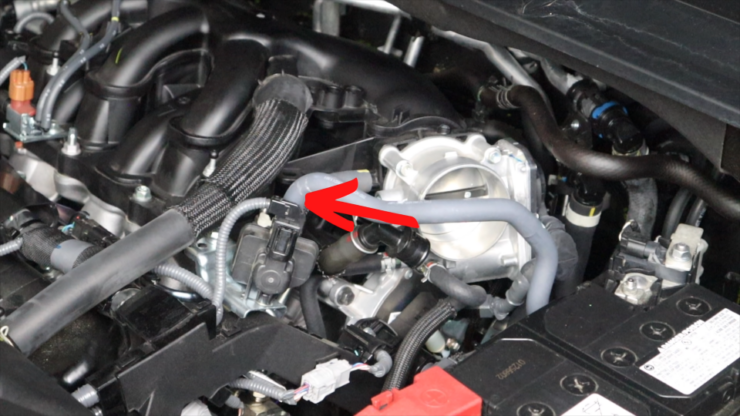
While the Toyota 3.5 V6 is known for its reliability and performance, like all engines, it can have its share of issues. As someone who’s been around cars for a good while, I’ve come across a few common problems that owners might face. Let’s discuss these issues and understand what might cause them.
Overheating
One of the issues reported is overheating. Overheating can be caused by a variety of factors:
- Coolant Issues: Low coolant levels or using the wrong type of coolant can lead to overheating.
- Radiator Problems: A clogged or damaged radiator can’t dissipate heat effectively.
- Thermostat Malfunction: A faulty thermostat might not open when it should, causing the engine to overheat.
- Water Pump Failure: If the water pump isn’t working correctly, coolant won’t circulate as it should.
Prevention Tip
Regularly check your coolant levels and ensure you’re using the recommended type. Also, if you notice your engine temperature rising more than usual, it’s a good idea to have it checked by a professional.
High Oil Consumption
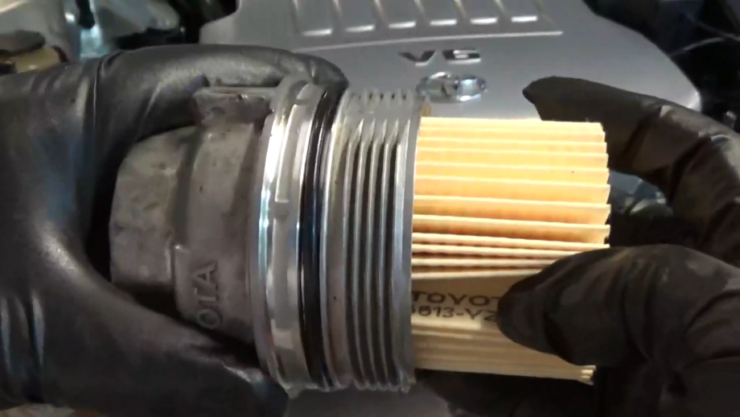
High oil consumption can be a concern with some potential causes:
- Worn-out Piston Rings: Over time, the piston rings can wear out, leading to oil seeping into the combustion chamber and getting burned off.
- Valve Seal Leaks: If the valve seals are damaged or worn out, oil can leak into the combustion chamber.
- PCV Valve Malfunction: The Positive Crankcase Ventilation (PCV) valve helps regulate the flow of gases from the crankcase to the intake manifold. A malfunctioning PCV valve can cause oil to be drawn into the intake, leading to increased oil consumption.
Engine Knocking
Often described as a pinging or rattling sound, can be unsettling for drivers. Here’s what might cause it:
- Low Octane Fuel: Using fuel with an octane rating lower than what’s recommended for the engine can lead to premature ignition of the air-fuel mixture, causing knocking.
- Carbon Deposits: Over time, carbon deposits can form on the pistons, leading to hot spots that can ignite the air-fuel mixture prematurely.
- Faulty Spark Plugs: Spark plugs that are worn out or have an incorrect gap can lead to incomplete combustion, causing knocking.
Misfire or stall
A misfire means that one or more of the cylinders aren’t firing properly. Stalling, on the other hand, is when the engine stops running, especially at low speeds or idle. Here are some potential causes:
- Faulty Spark Plugs or Wires: Worn-out or damaged spark plugs or wires can lead to incomplete combustion.
- Clogged Fuel Injectors: Fuel injectors that are clogged can’t deliver the right amount of fuel, leading to misfires.
- Issues with the Engine’s Computer or Sensors: Modern engines rely on computers and sensors to regulate combustion. Faulty sensors or computer issues can disrupt this, leading to misfires or stalls.
Solutions To Problems
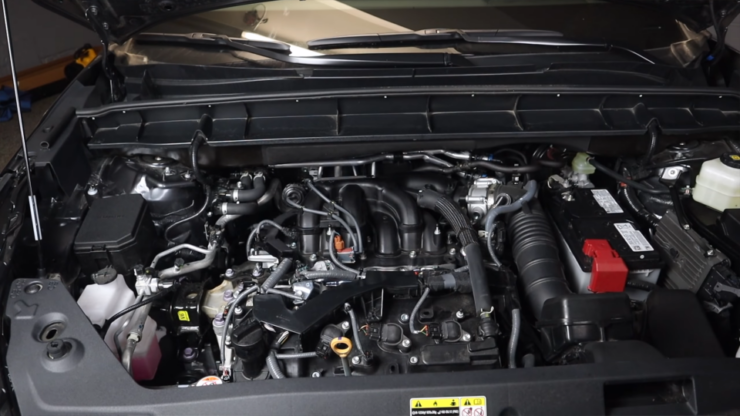
With a bit of knowledge and timely intervention, most of these problems can be addressed effectively.
How To Fix Overheating
Overheating can be a real concern, but with the right steps, you can keep your engine cool:
- Check Coolant Levels: Ensure that the coolant is at the recommended level. Top it up if necessary.
- Inspect the Radiator: Look for any visible damages or blockages. A clogged radiator can be cleaned or replaced if damaged.
- Thermostat Check: A malfunctioning thermostat can be the culprit. Consider replacing it if it doesn’t open or close properly.
- Water Pump Inspection: Ensure the water pump is functioning correctly. If it’s not circulating coolant as it should, it might need replacement.
High Oil Consumption Solution
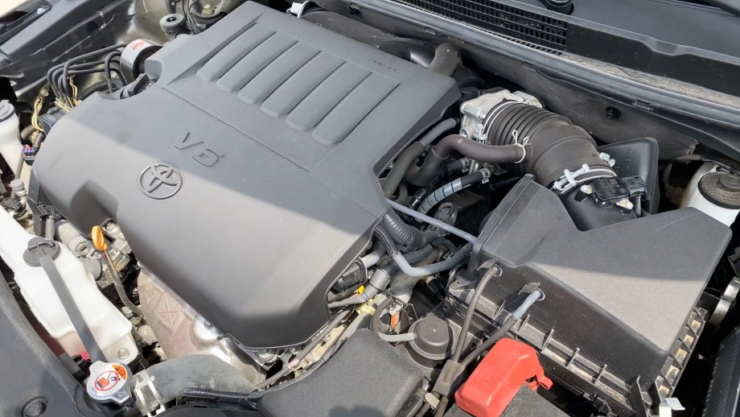
If your engine is guzzling more oil than usual, here’s what you can do:
- Regular Oil Checks: Monitor oil levels regularly to catch any unusual consumption early.
- Inspect for Leaks: Check for any visible oil leaks around the engine or under the vehicle.
- Piston Ring Assessment: Worn-out piston rings can lead to increased oil consumption. Consider getting them inspected and replaced if necessary.
- PCV Valve Check: Ensure the PCV valve is functioning correctly. A malfunctioning valve can be replaced easily.
Engine Knocking Solutions
Hearing knocking sounds? Here’s how to address them:
- Use Recommended Fuel: Always use the fuel with the octane rating recommended for your vehicle.
- Carbon Deposit Cleaning: Consider using fuel additives that help in removing carbon deposits from the combustion chamber.
- Spark Plug Inspection: Check the spark plugs and ensure they are in good condition and have the correct gap.
Solutions for Misfire or Stall
Misfires or stalls can be annoying, but with the right approach, they can be resolved:
- Spark Plug and Wire Check: Ensure they are in good condition and replace if necessary.
- Fuel Injector Cleaning: Clogged fuel injectors can be cleaned using specific additives or by professional cleaning services.
- Sensor and Computer Diagnosis: Modern engines rely heavily on sensors and computers. Get a professional diagnosis to check for any malfunctions.
- They are economical when it comes to fueling: If you are looking for a ride high in horsepower but is still economical and won’t destroy your finances, then a car with this type of engine is your best choice.
- 3.5-liter V6 engines are world renounce for their ability to produce multiple combustions per second while conserving gas.
- With a 200 to 295 HP horsepower, its two extra cylinders provide more horsepower for its users than other four-cylinder cars.
- Due to the unique design of the V6 engine, it produces smooth vibrations when running.
- V6 engines produce torque peaks of about 150% above mean torque peaks and 125% valley, unlike a four-cylinder design, which usually makes a 300% above mean torque and 200% valley below mean torque. And a tiny amount of negative torque between strokes.
- Among some of the 3.5 V6 engine’s prominent critics is its notorious ability to release vast amounts of harmful emissions into the air.
- Toyota 3.5 V6 has a prevalent oil burning problem. If not careful, your engine V6 could get destroyed if this problem isn’t effectively corrected.
- The V6 engine and its camshaft are long. Their natural design structure lengths tend to block and cause difficulties for the vehicle when they try to turn or flex.
Do you know the difference between Toyota Prius C 1 2 3 4? If not, you may browse.
FAQ
What is the general lifespan of the Toyota 3.5 V6 engine?
The Toyota 3.5 V6 engine typically lasts between 200,000 to 300,000 miles with regular maintenance. However, the lifespan can vary based on driving conditions and how well you take care of the engine.
Is the Toyota 3.5 V6 engine turbocharged?
No, the standard 3.5 V6 (2GR-FE) is not turbocharged. It relies on natural aspiration and Dual VVT-i technology to optimize performance and fuel efficiency.
What kind of oil is best for the Toyota 3.5 V6 engine?
Generally, a fully synthetic 5W-30 oil is recommended for the Toyota 3.5 V6 engine. Always consult your owner’s manual for the specific type of oil that is best for your engine version.
How often should the timing belt or chain be replaced in a Toyota 3.5 V6?
The 3.5 V6 engine uses a timing chain, not a belt. Timing chains generally last longer and do not have a standard replacement interval. However, it’s advisable to have it inspected by a professional if you start to hear unusual noises from the front of the engine.
Can I use regular unleaded fuel in the Toyota 3.5 V6 engine?
Yes, you can generally use regular unleaded fuel. However, using fuel with an octane rating that’s too low may cause engine knocking. Always check the owner’s manual for the manufacturer’s fuel recommendations.
What is the fuel economy of the Toyota 3.5 V6 engine?
Fuel economy can vary by vehicle and driving conditions, but you can generally expect around 20-24 mpg in the city and 26-30 mpg on the highway with this engine.
Remember to consult your owner’s manual or a professional for specific advice tailored to your vehicle and engine.
Verdict
The Toyota 3.5 V6 engine, a member of the GR family, has been a cornerstone of Toyota’s engineering prowess since its inception in 2005. Celebrated for its remarkable balance between power and efficiency, it has powered numerous Toyota vehicles, delivering a seamless driving experience.
Its innovative features, such as the Dual VVT-i technology and square-cross-section wiring, showcase Toyota’s commitment to excellence. However, as with any mechanical marvel, it has its set of challenges. From overheating to high oil consumption, owners have reported certain issues. However with the right knowledge and timely intervention, these challenges can be effectively addressed.
Whether you’re a Toyota enthusiast or a potential buyer, understanding the intricacies of this engine equips you with the knowledge to ensure its longevity and optimal performance. Remember, regular maintenance and a keen eye for potential issues are the keys to enjoying the full potential of the Toyota 3.5 V6 engine.
Related Posts:
- Toyota 3.4 Engine Problems & Effective Solutions for 2024
- Toyota 2.4 Engine Problems & Easy Solutions - Keep…
- Toyota Prius Display Problems - MFD Touch Screen Repair
- Toyota 3.3 Engine Problems and Possible Easy…
- Toyota 3.0 v6 Engine Problems & Possible Easy…
- Toyota 4.7 V8 Problems & Simple Solutions for 2024 -…

